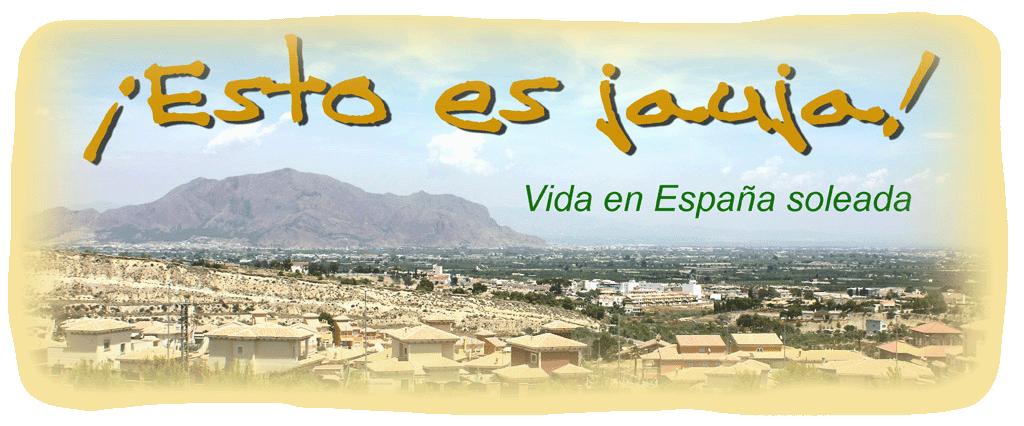Now he knows where to get his computer but what should he you look for?
First off the screen or monitor. This is the part you look at, not the tower, so it's important. The days of the 14 or 15 inch CRT are gone. LCDs are "king of the hill" now. Buy as large as you can afford. Just go into Carrefour and look at the 24" Apple Display and then compare it with the 15" monitors to see why. With a large display text will be larger and you'll spend less time scrolling around.
LCDs have analogue and digital connections. Digital is better. Again just go and see for yourself. High contrast ratio, brightness and fast response times are also better.
Now for the tower or, as one friend calls it, "the brain box" (would that it was). Dual core (or quad core) processors do work. They allow you to multi task in a way that was not possible with single core. Currently Intel versions are favoured over their AMD equivalents but both are good. One big advantage of the Intel Core2 Duo over previous processors is that it uses less power. Less power means less heat which is vital in a country like Spain.
There are several types of memory in a computer. The main ones to consider though are RAM (which the programs use to run) and the hard drive where everything is stored. Both are relatively cheap these days so there is no excuse for stinting on either.
If you want to run Vista properly you will need at least 2GBs of RAM (1Gb would suffice for XP) and a decent size hard drive will start at 160GBs. That should give plenty of room to store your digital photos, music, videos etc. Newer computers use the SATA standard for drives rather than the old IDE to provide faster transfer times. The current version is SATA 2.
A dedicated video card with at least 256MBs of its own RAM is essential if you want to run Vista and access the nifty aero features. It will also prove its worth if you plan to do any video or photo editing. Remember that gamers will spend as much on a high end video card as most of us would spend on the whole computer. We lesser mortals opt for something a bit more conservative.
These days floppy discs are defunct. You will, however need at least one optical drive. DVD+-/CD-R/RW writers are the norm. One will suffice but it is worth considering a second DVD reader if you regularly copy discs. If you have a digital camera, a built in card reader would be also be useful but do make sure it covers the type of cards your camera uses.
Two components that are often overlooked are the keyboard and mouse. Optical mice have largely replaced the ones with rubber balls. The old mice were a pain because kids at school would pinch the balls and throw them around the playground. We'd end up superglueing the retaining rings in place to prevent this. The mice would then get very dirty inside and stop working. Their other trick was to take the keys off the keyboards and swap them around so when you typed you got gobbledygook . Anyway enough of that: wireless keyboards and mice remove the need to have trailing cables everywhere, look neater on your desktop and don't cost the earth.
There are lots of other components that you might be interested in for example: a quality sound card, a TV tuner card and speakers. One thing you will definitely need are ports. These are used to connect peripheral like scanners and printers. USB2 is the current vogue - look for at least 6 of these ports and expect to have to add a hub later to extend that. Serial and parallel ports are useful if you have legacy devices that need them. You'll also need a Firewire port if you have a digital video camera. You can add these later but that involves taking the cover off and you don't really want to have to do that with a new computer.
So there you go. Do your research on the Internet where you'll find computers in the full price range. Remember though the "law of diminishing return" which says that at the high end of the market you can pay a lot to gain very little but, at the same time, don't expect to get a Ferrari for the price of a Mini.

No comments:
Post a Comment